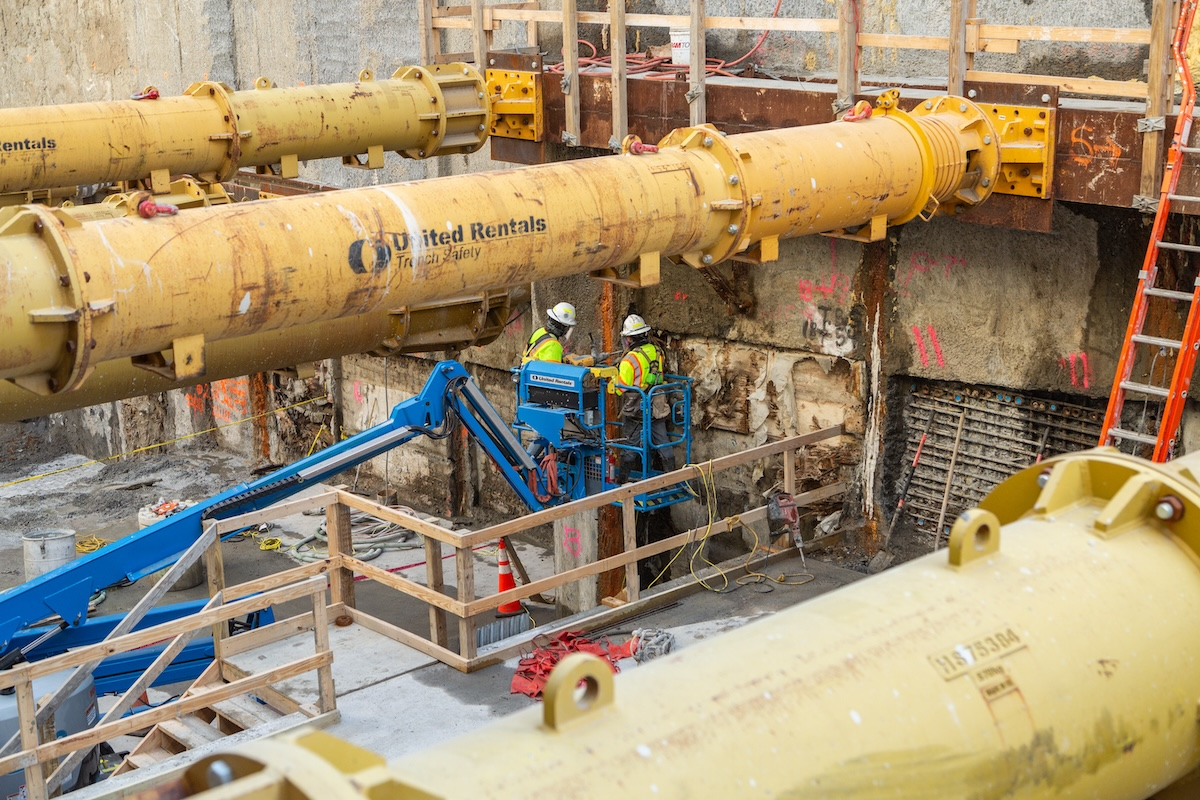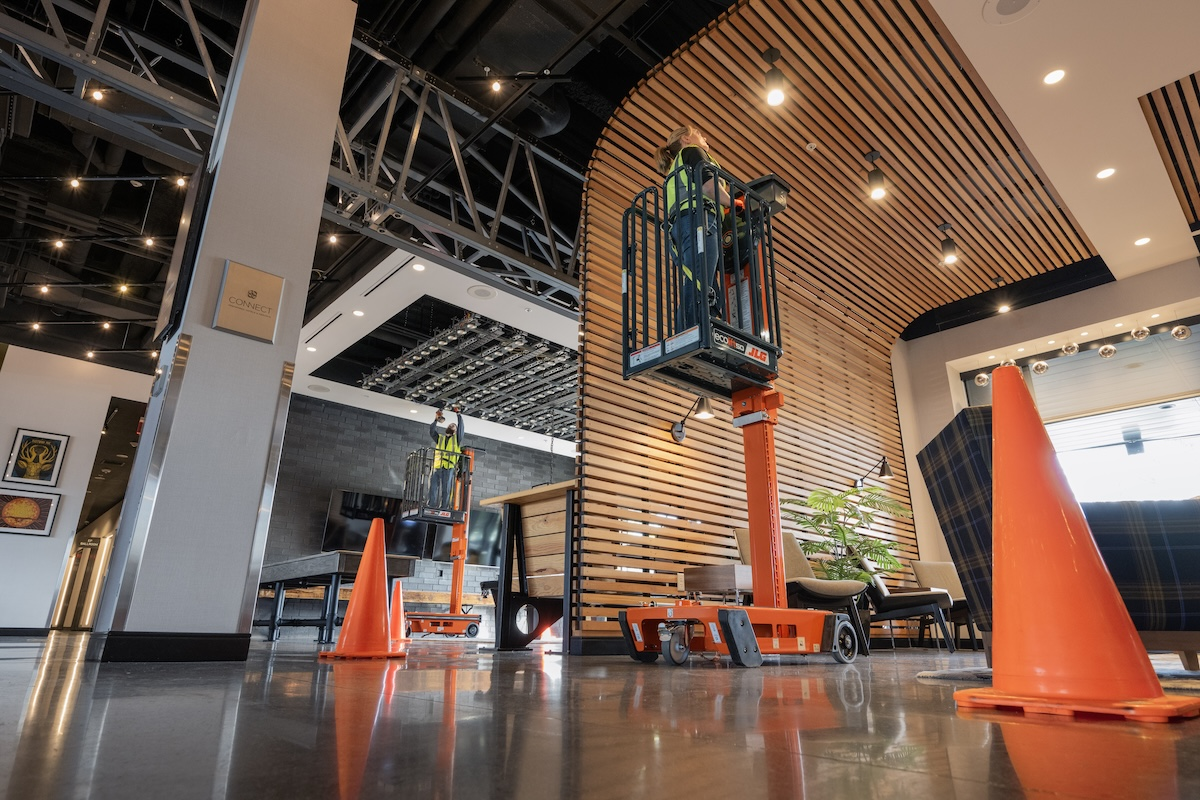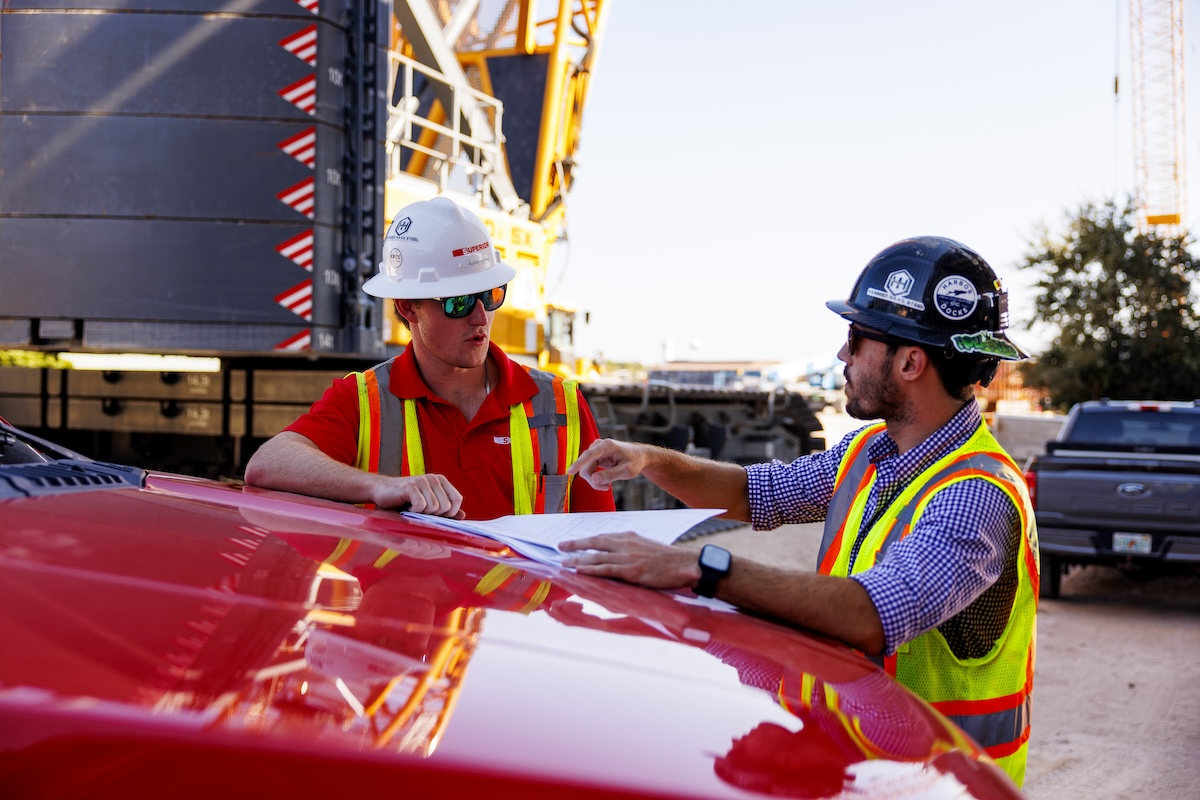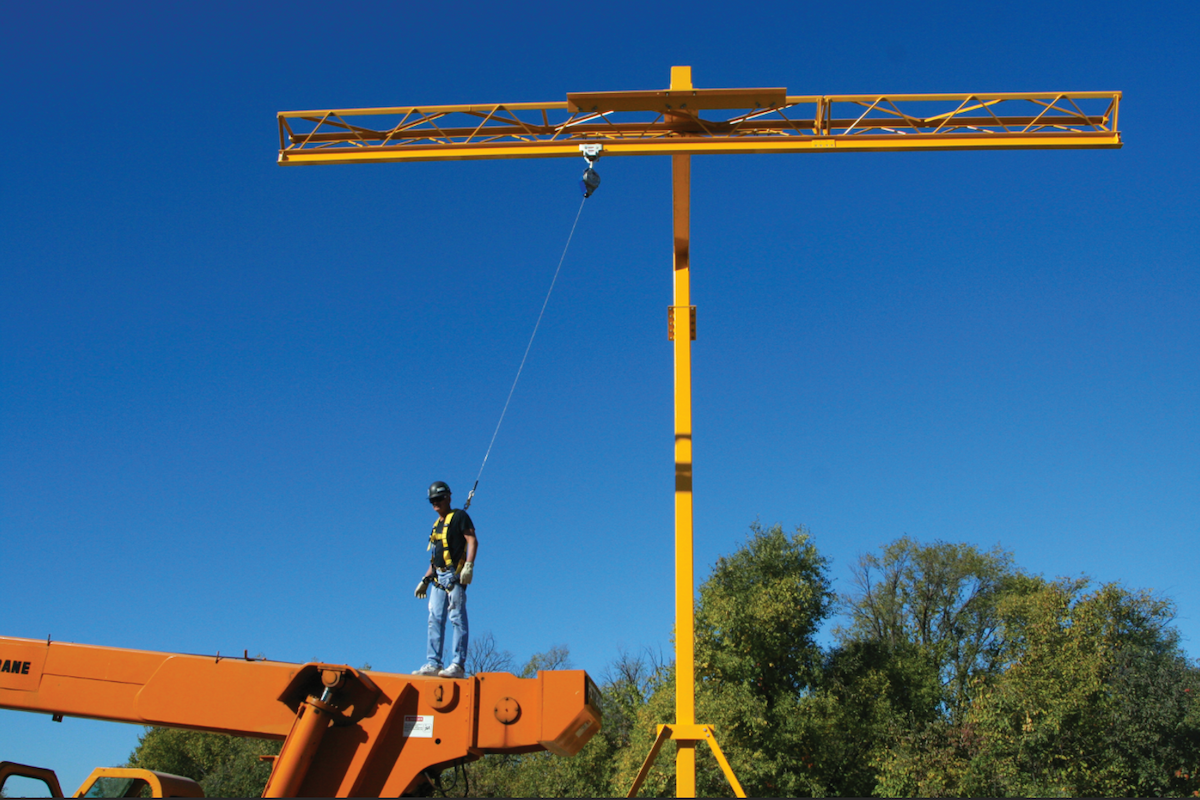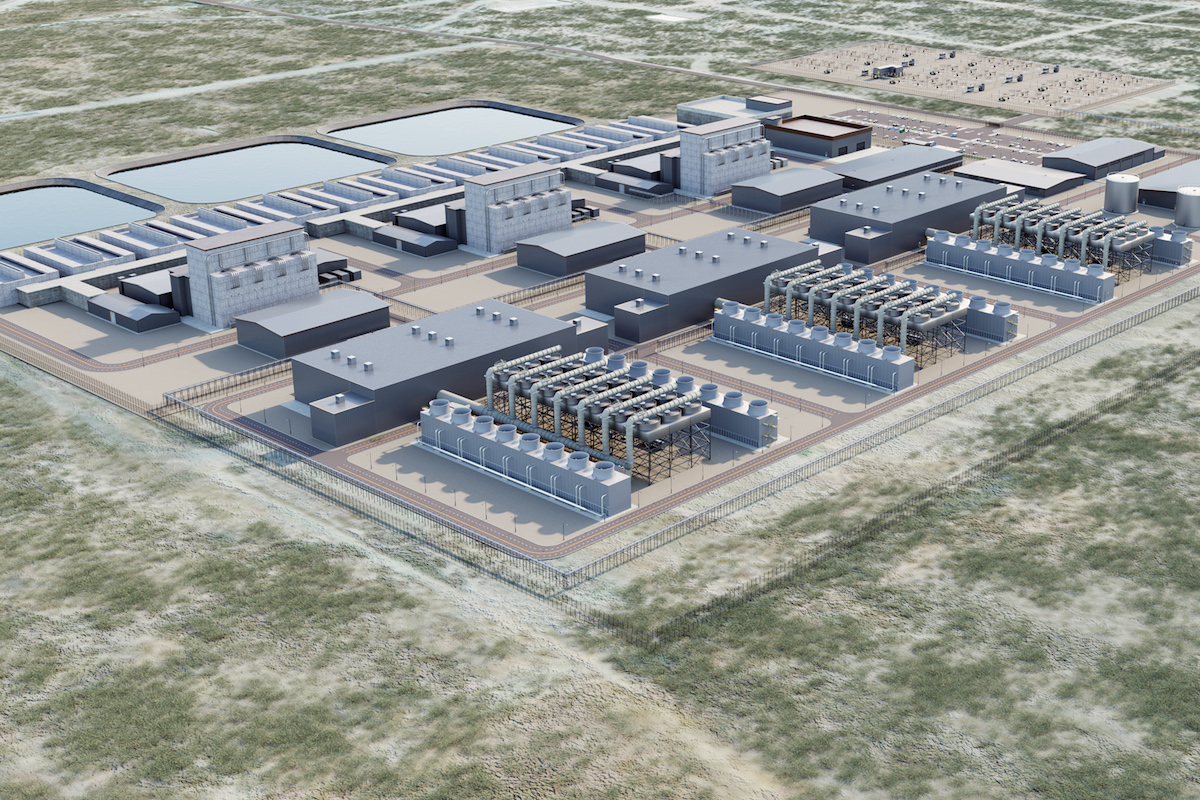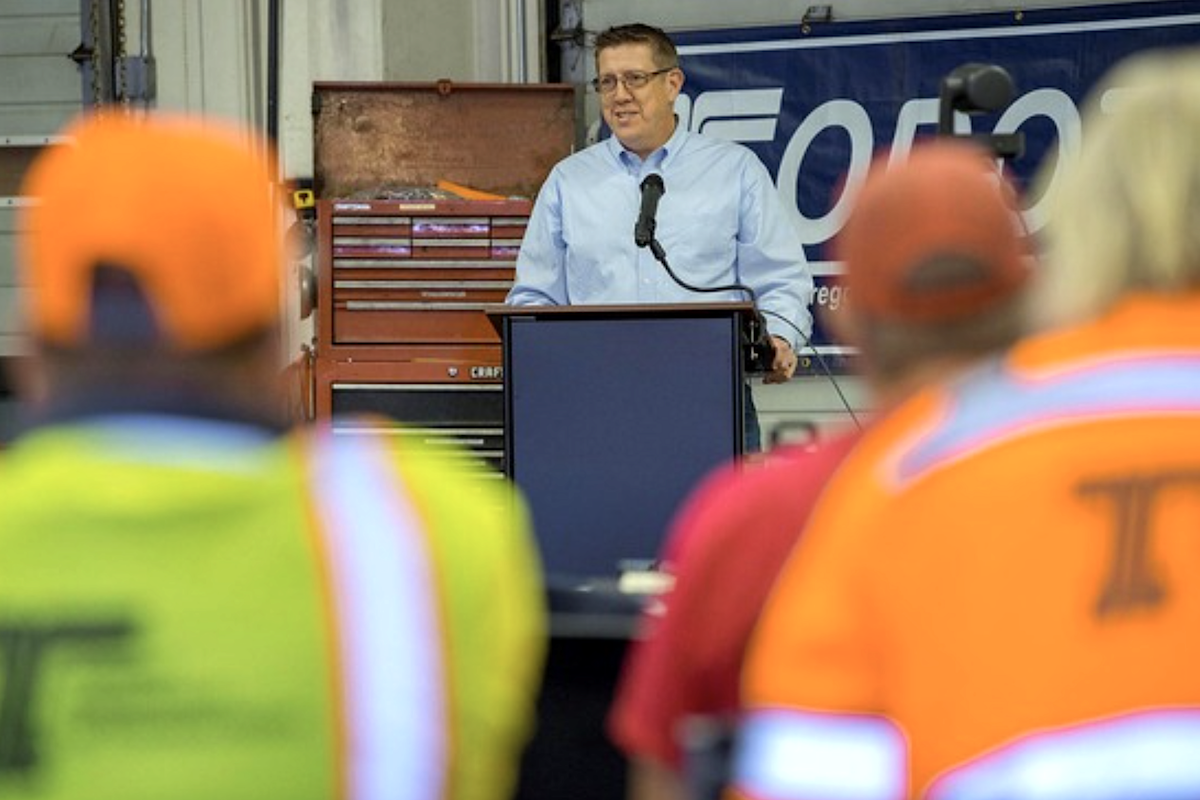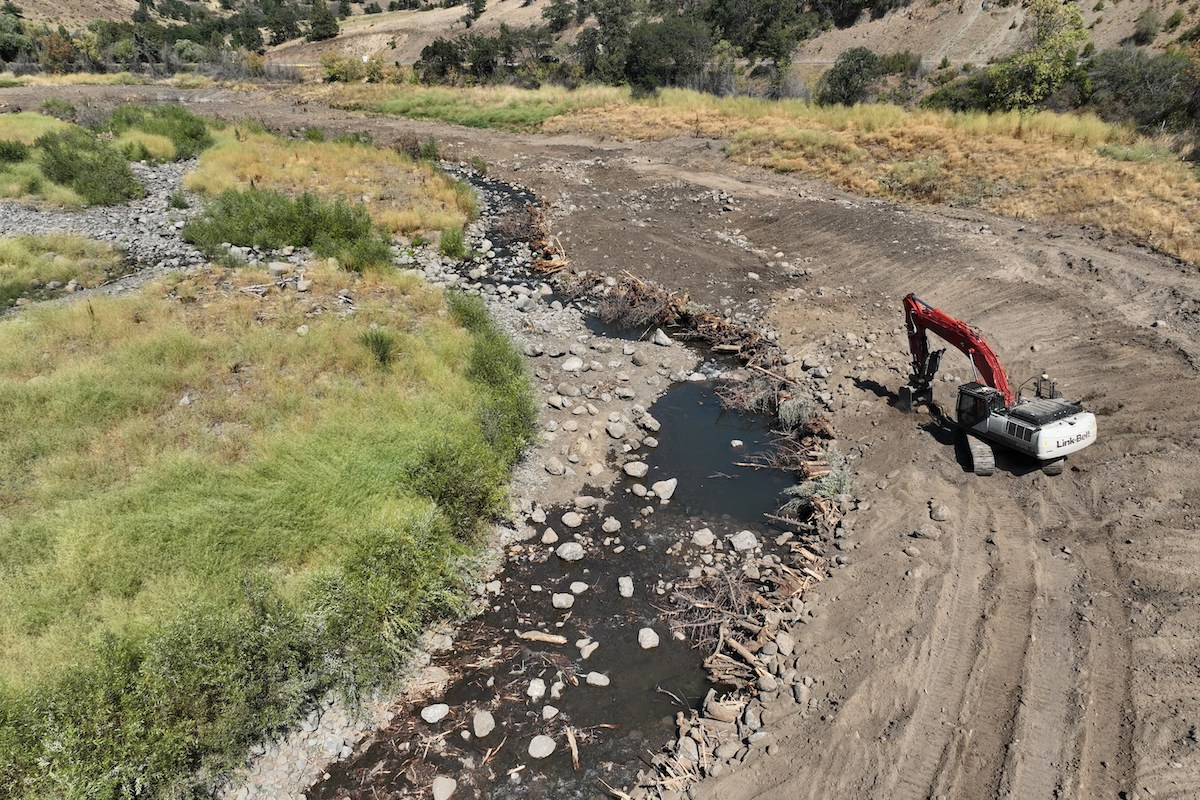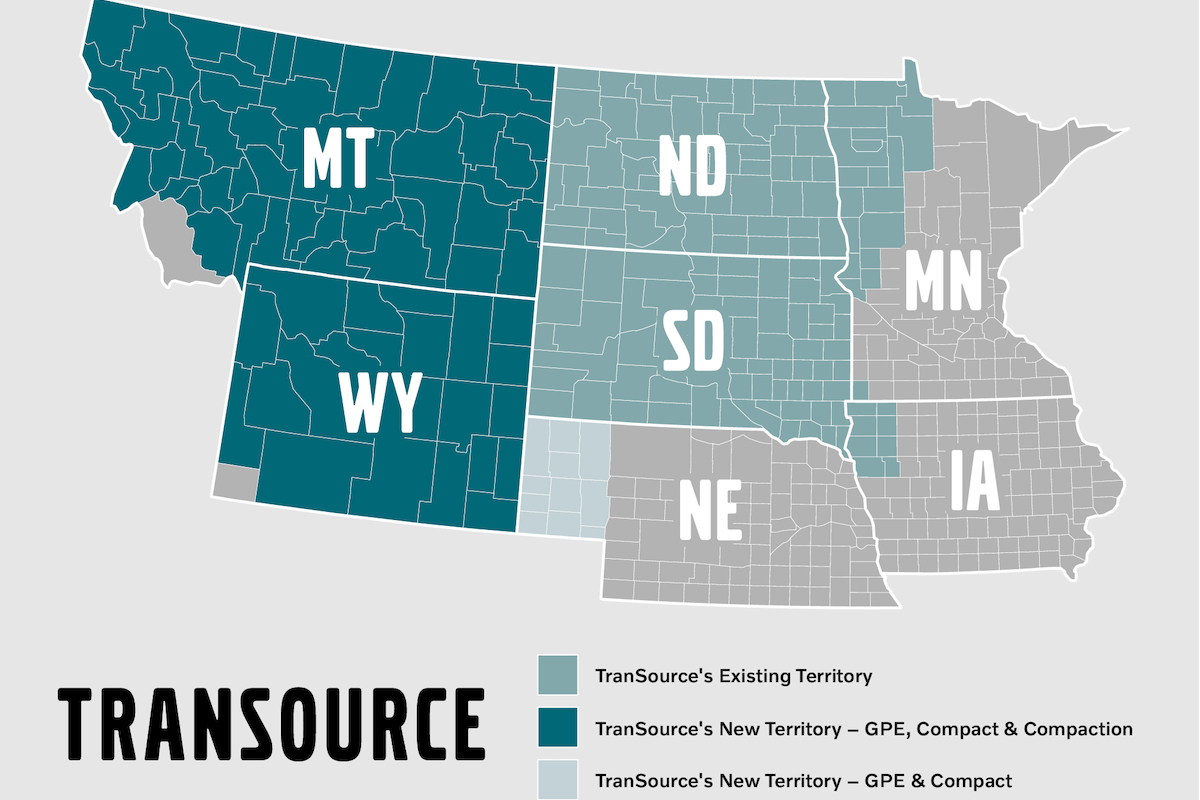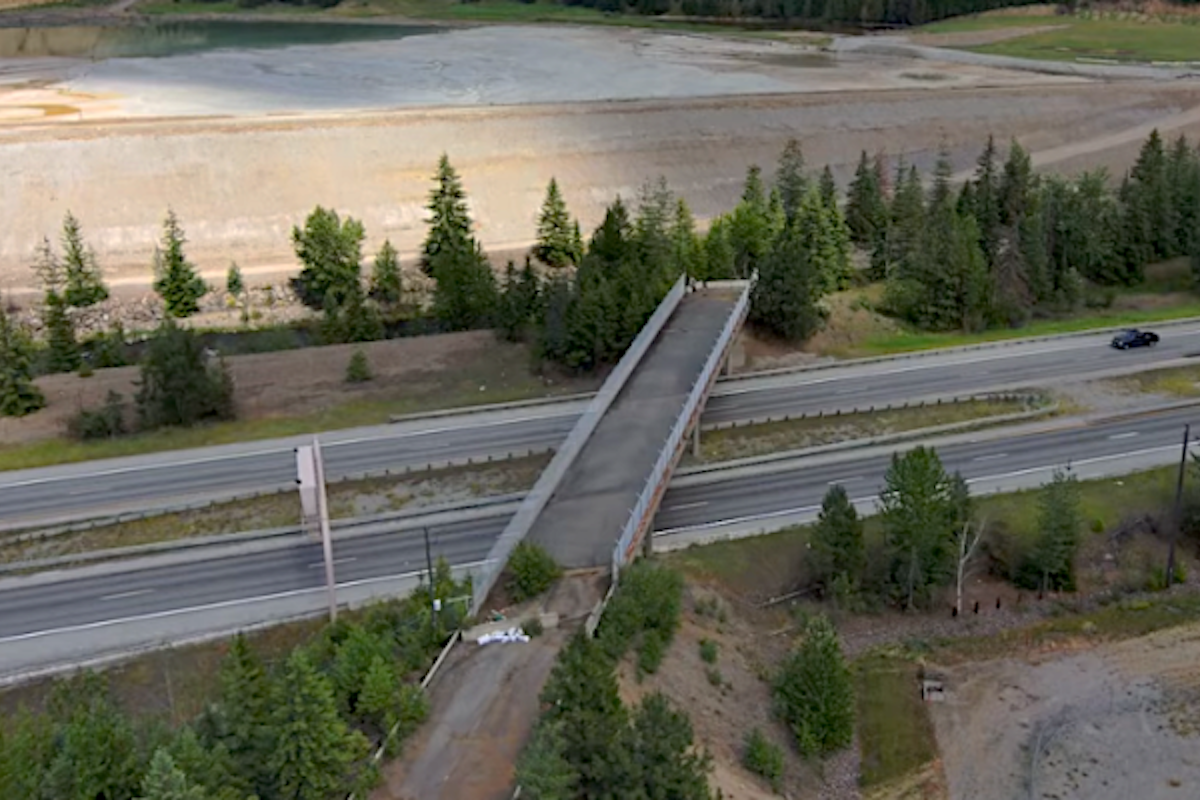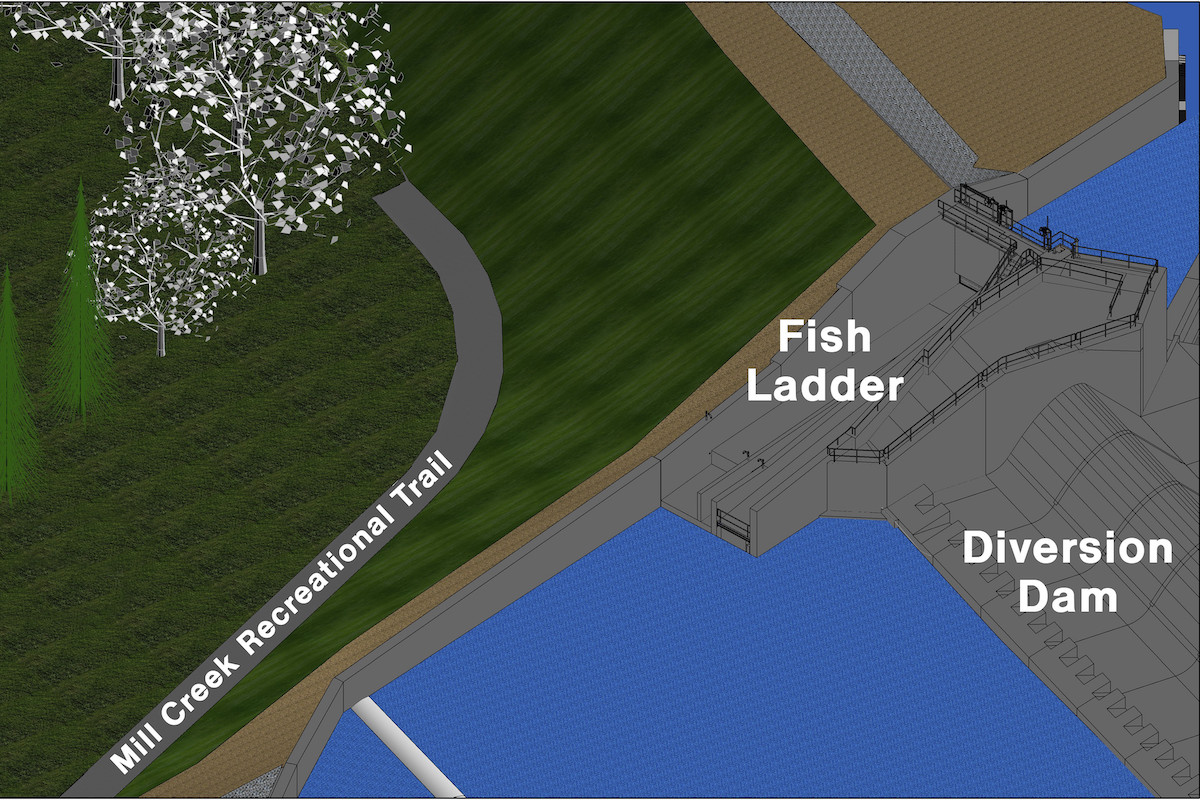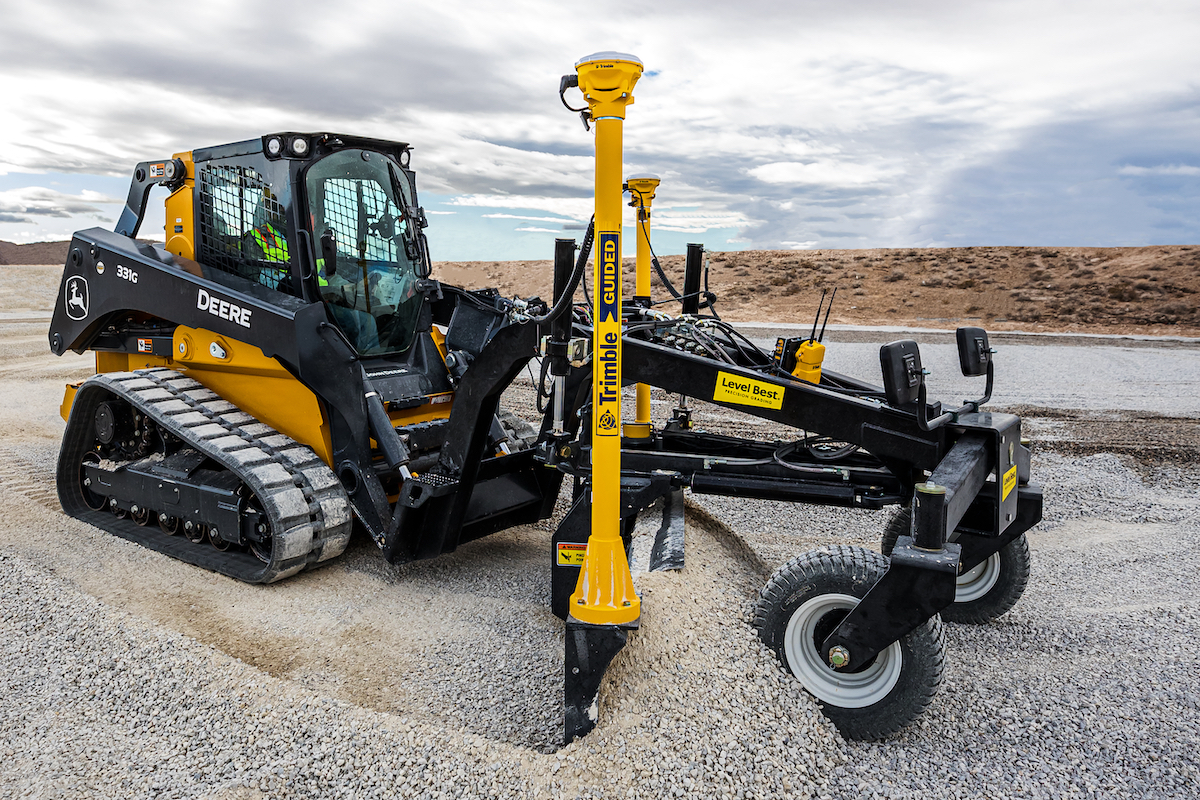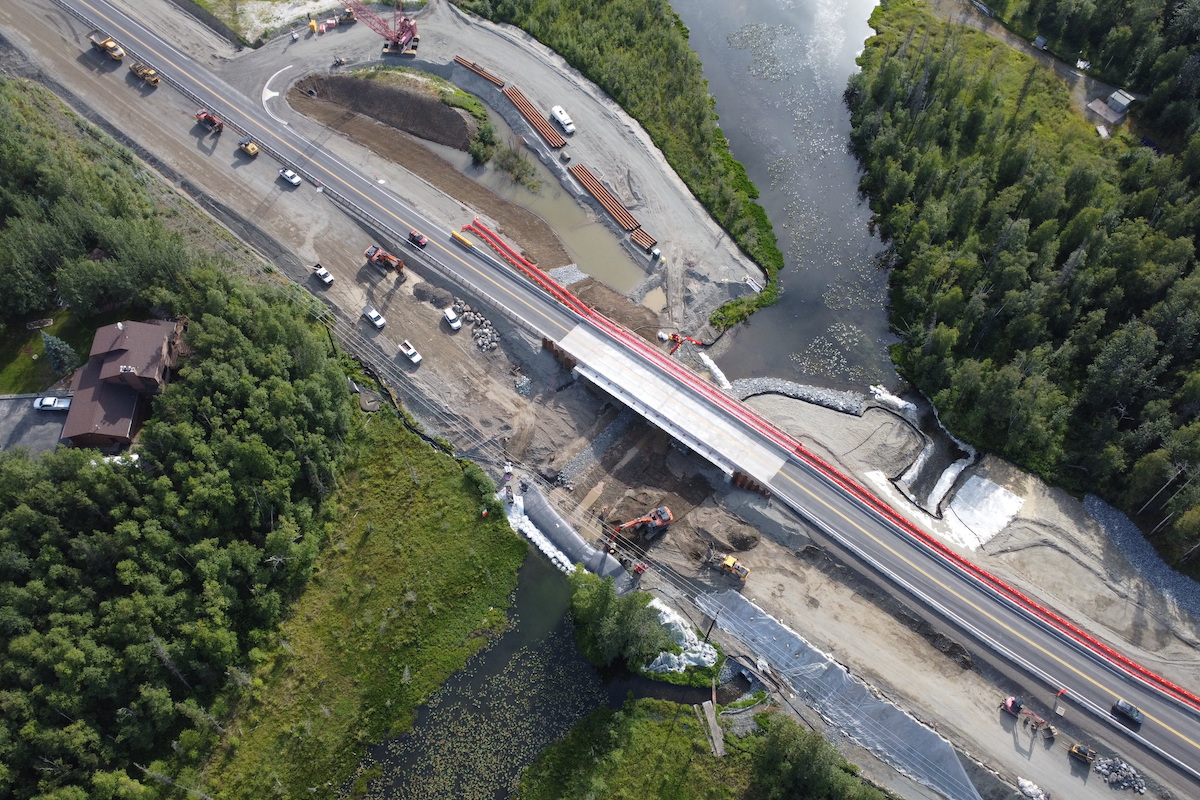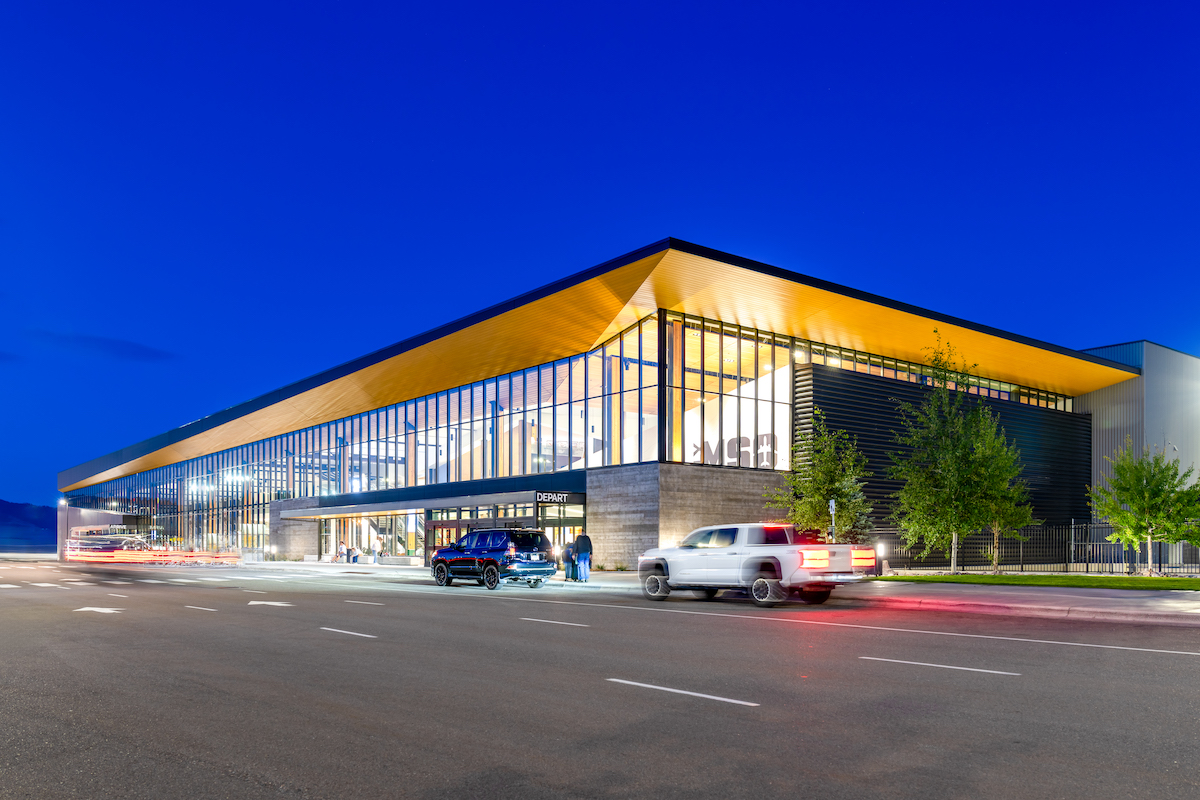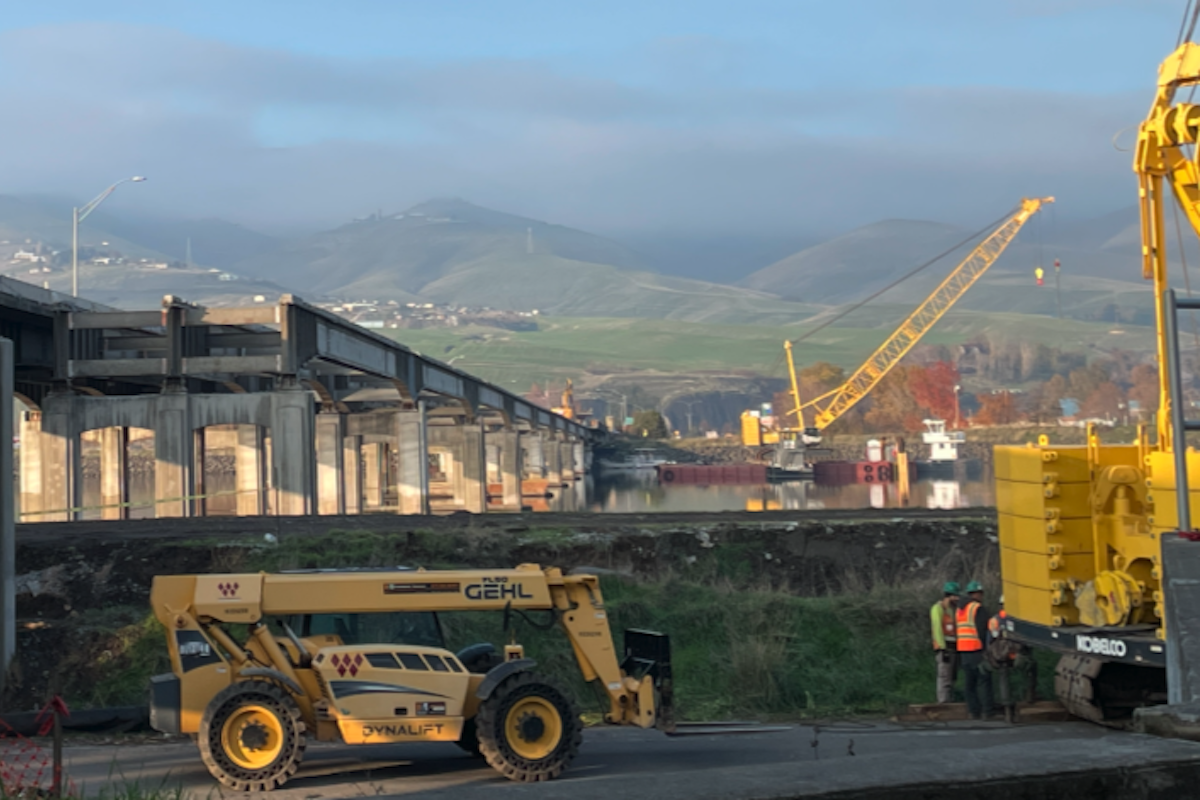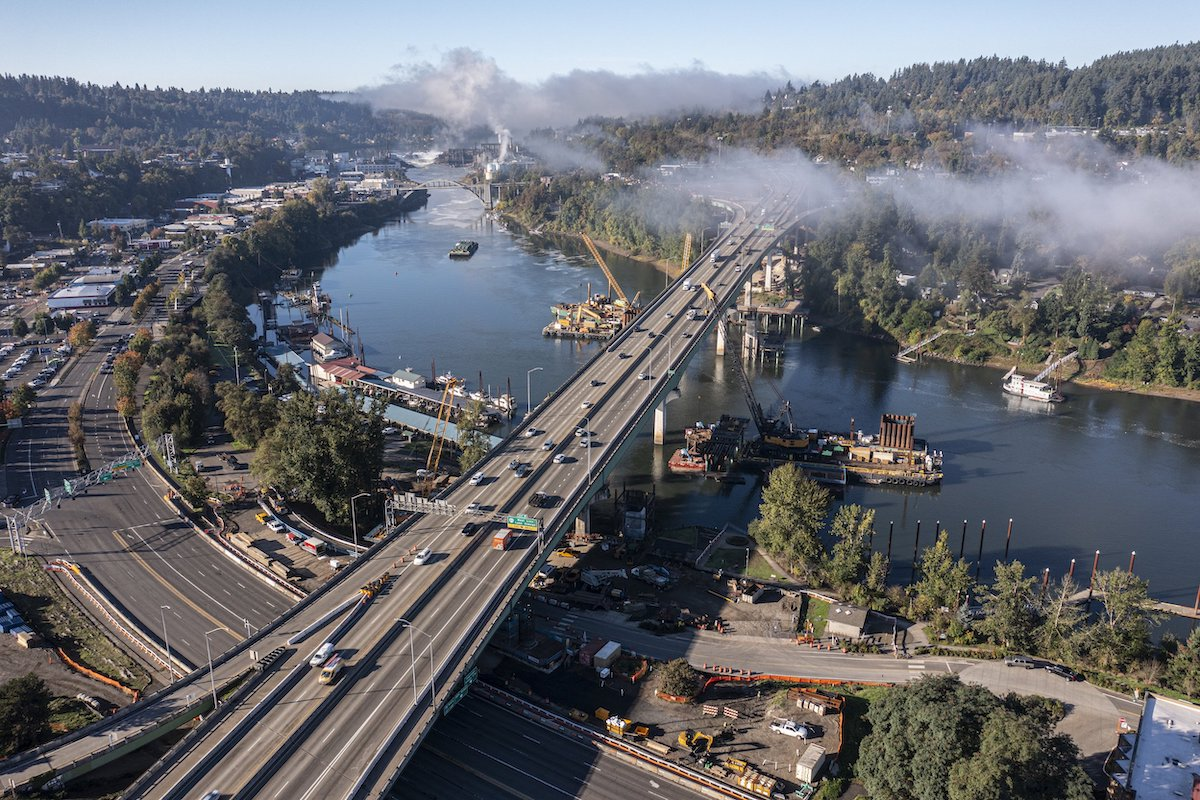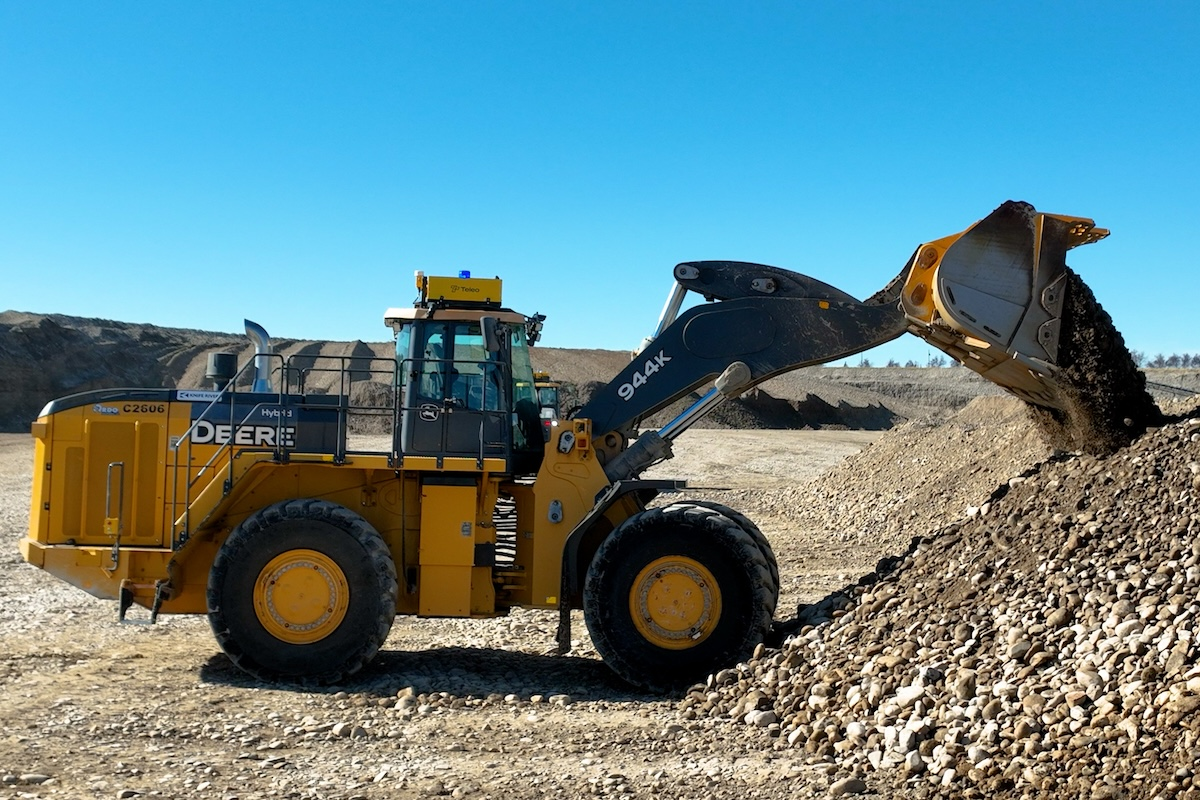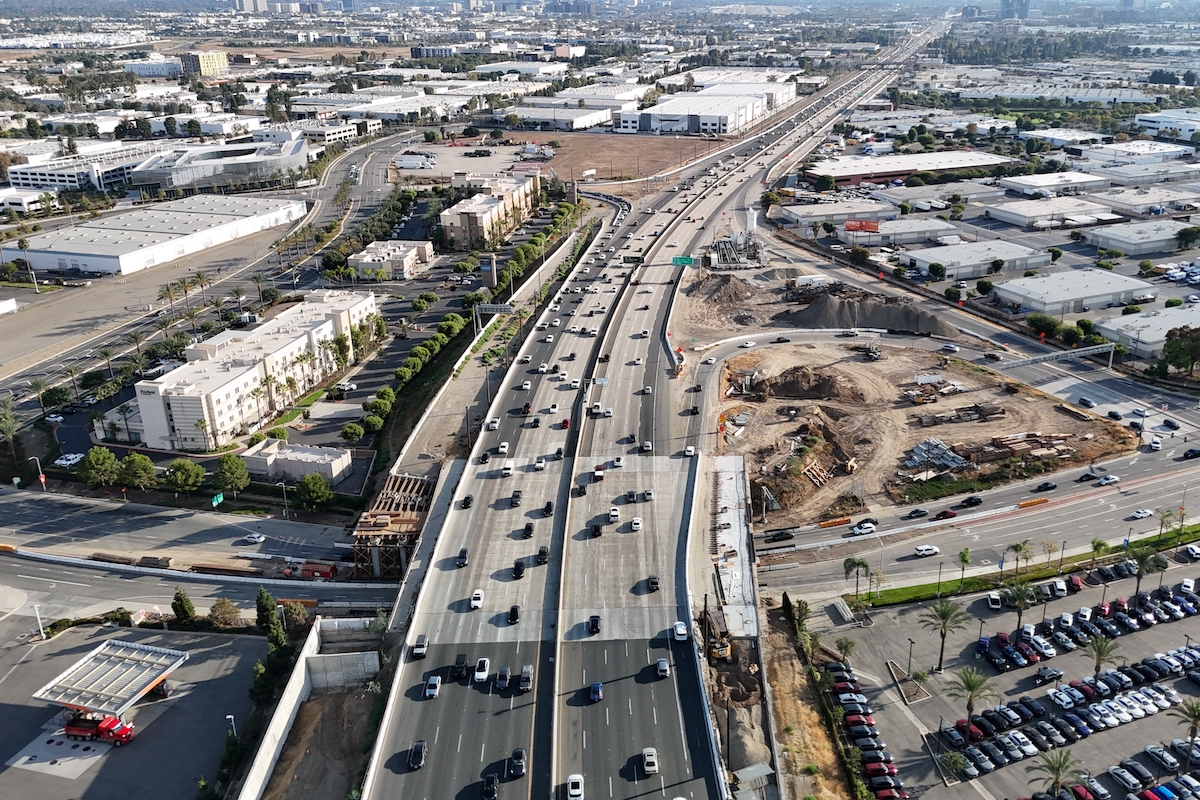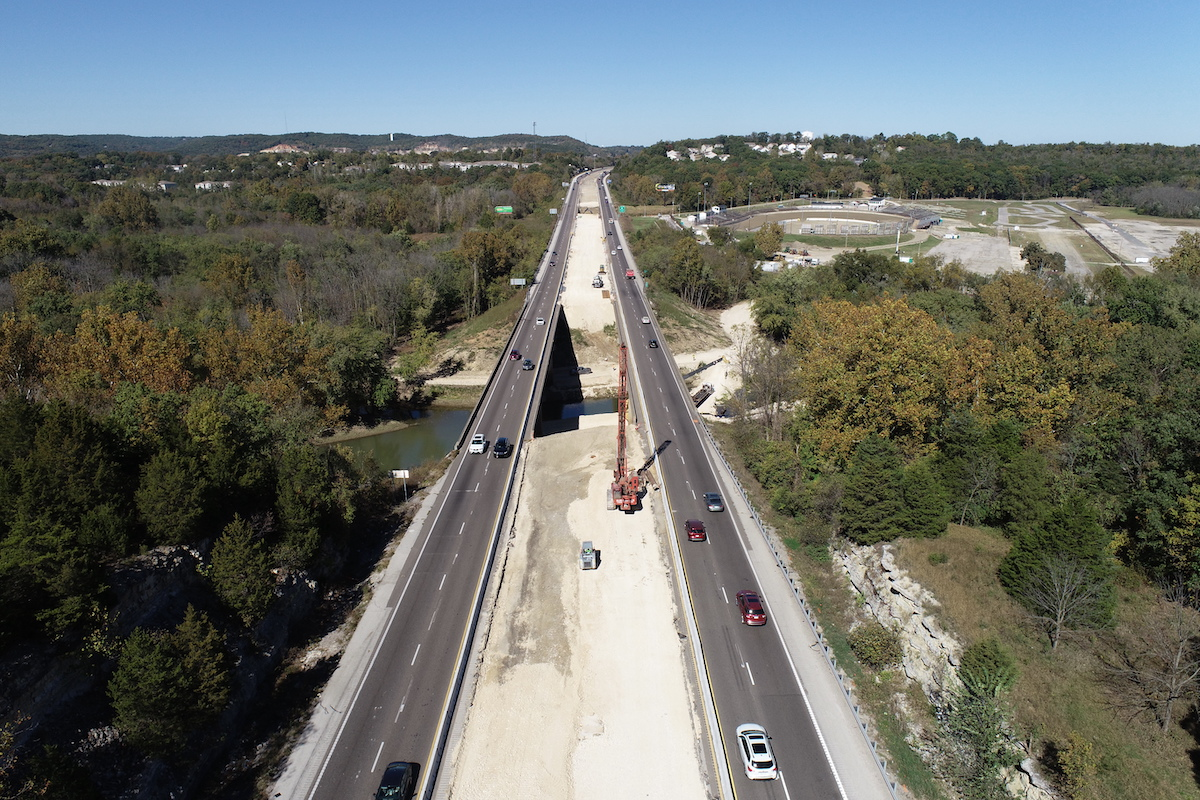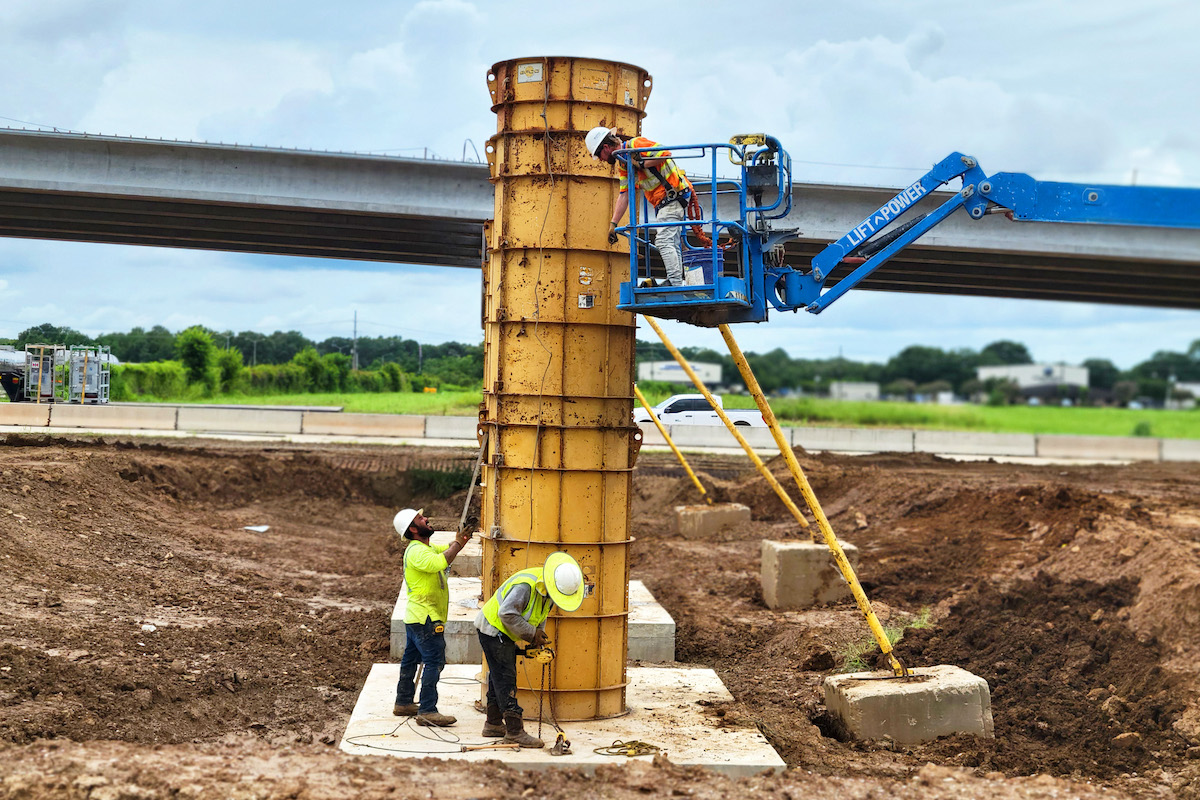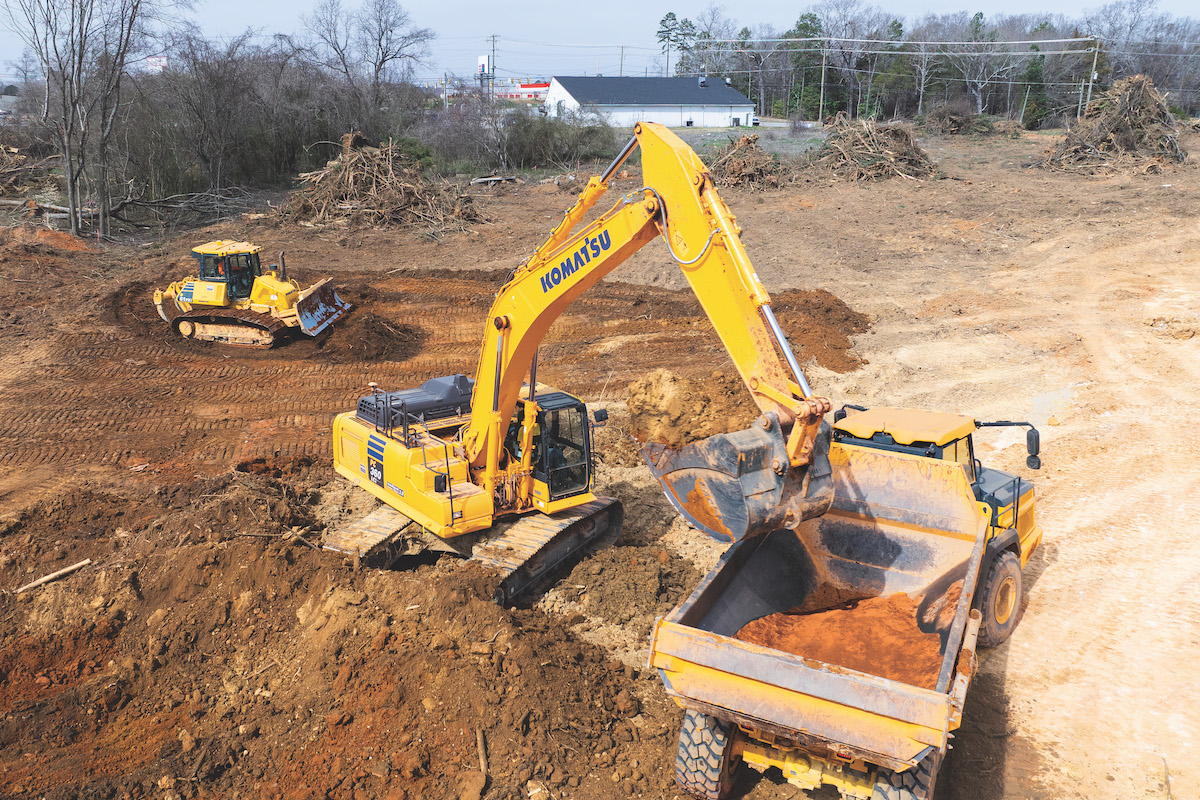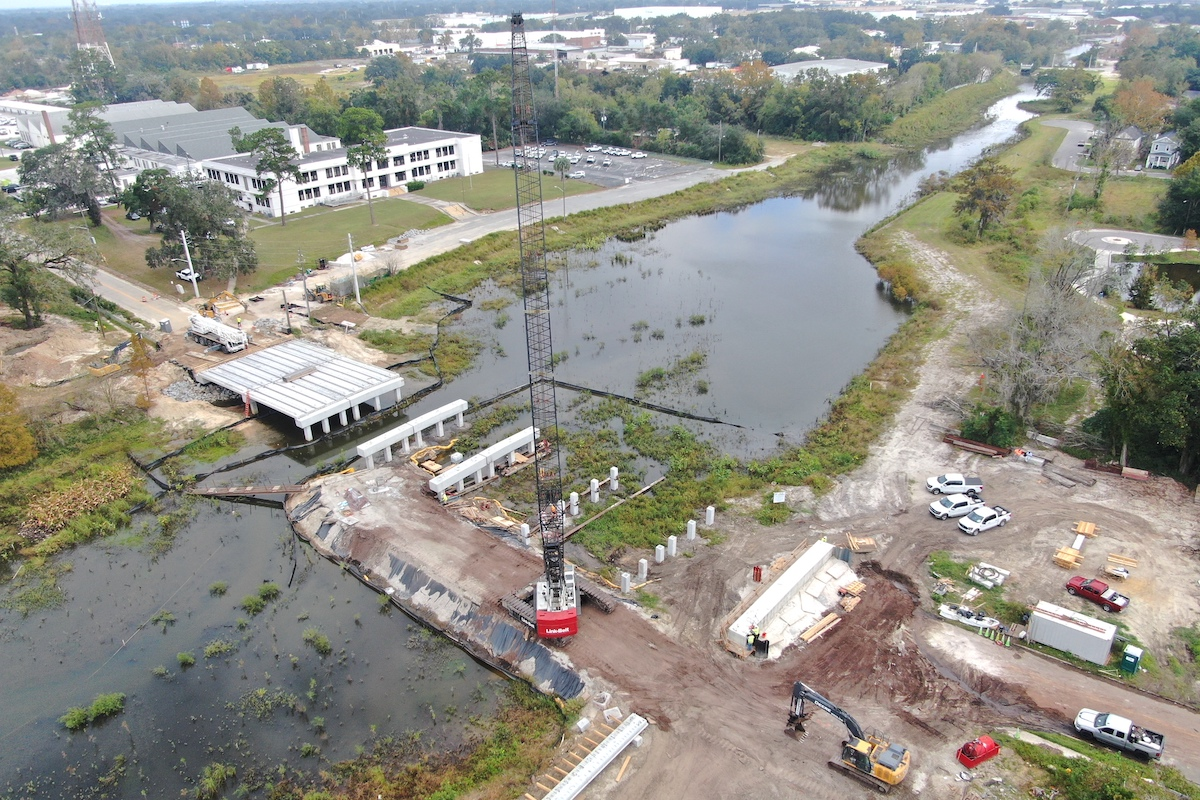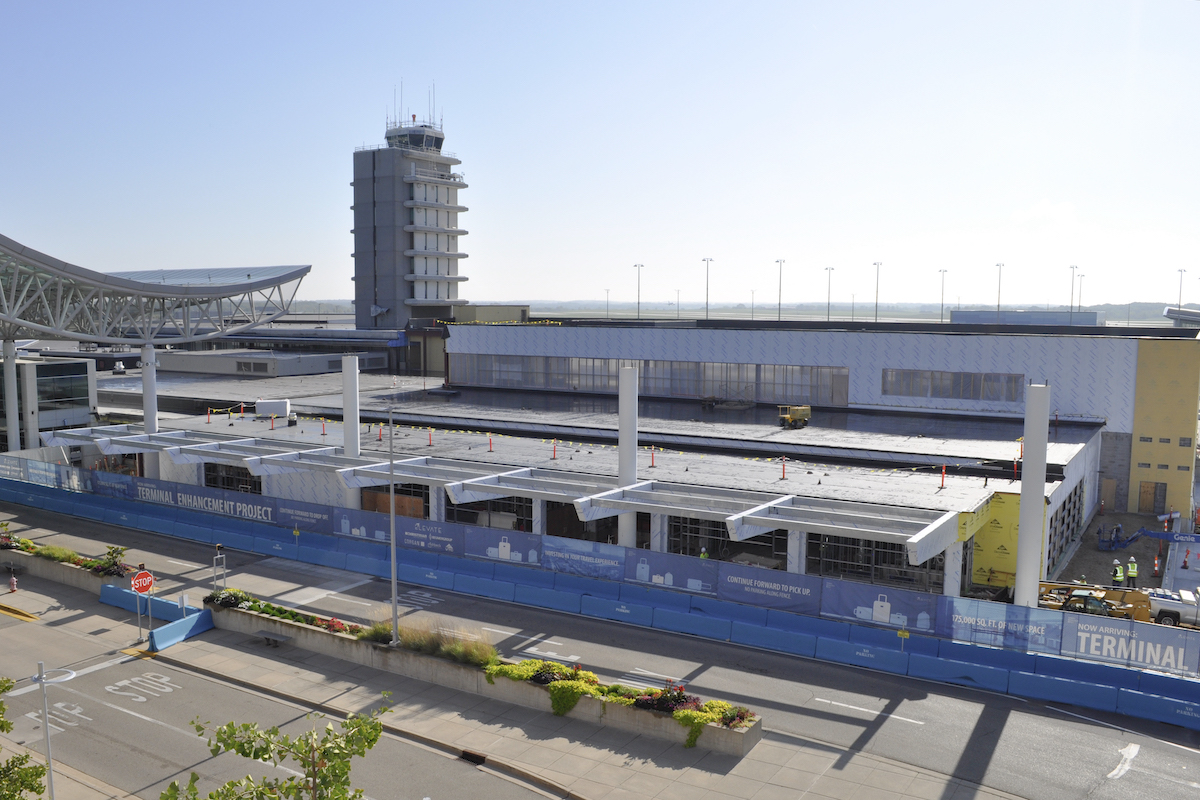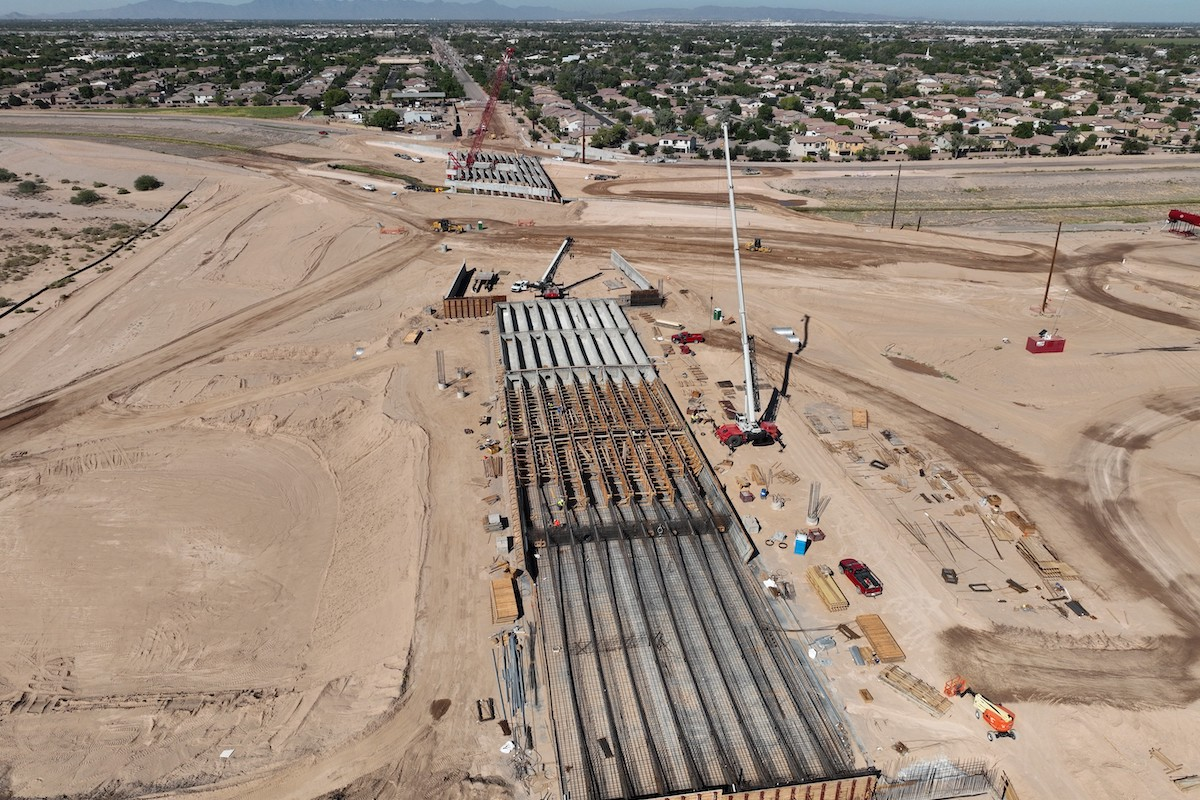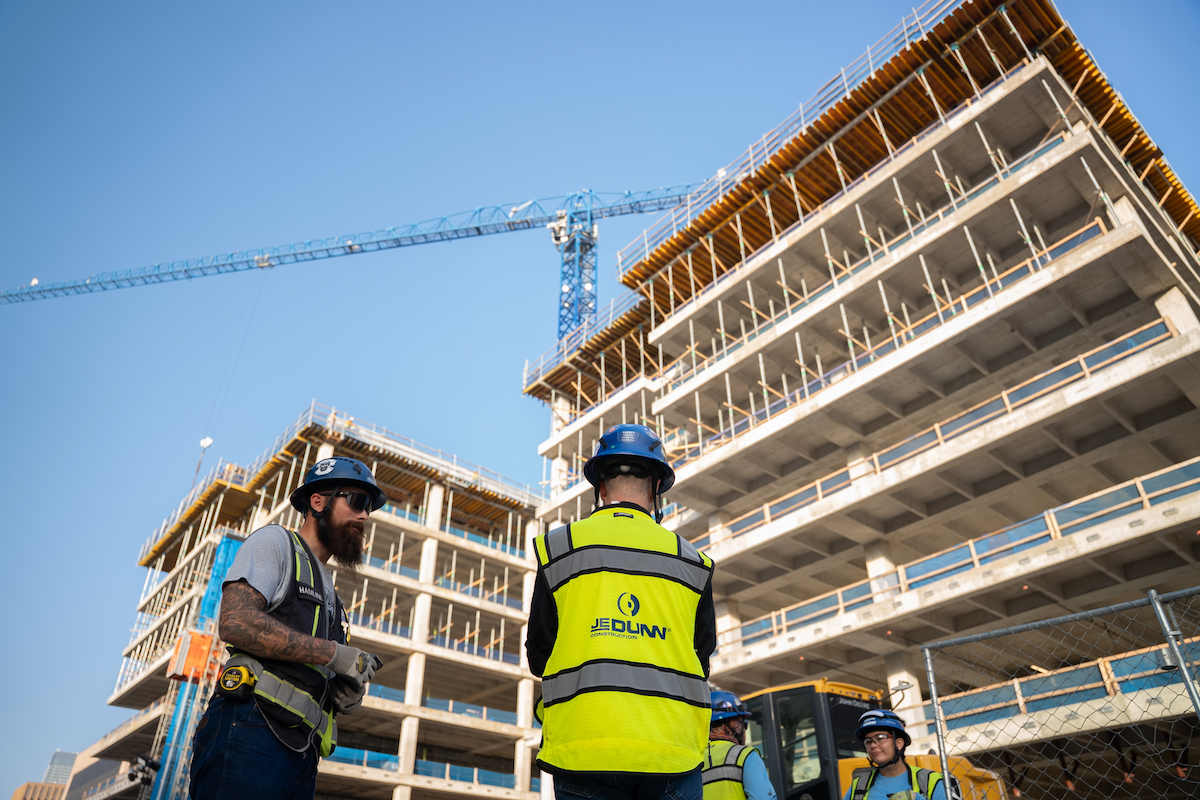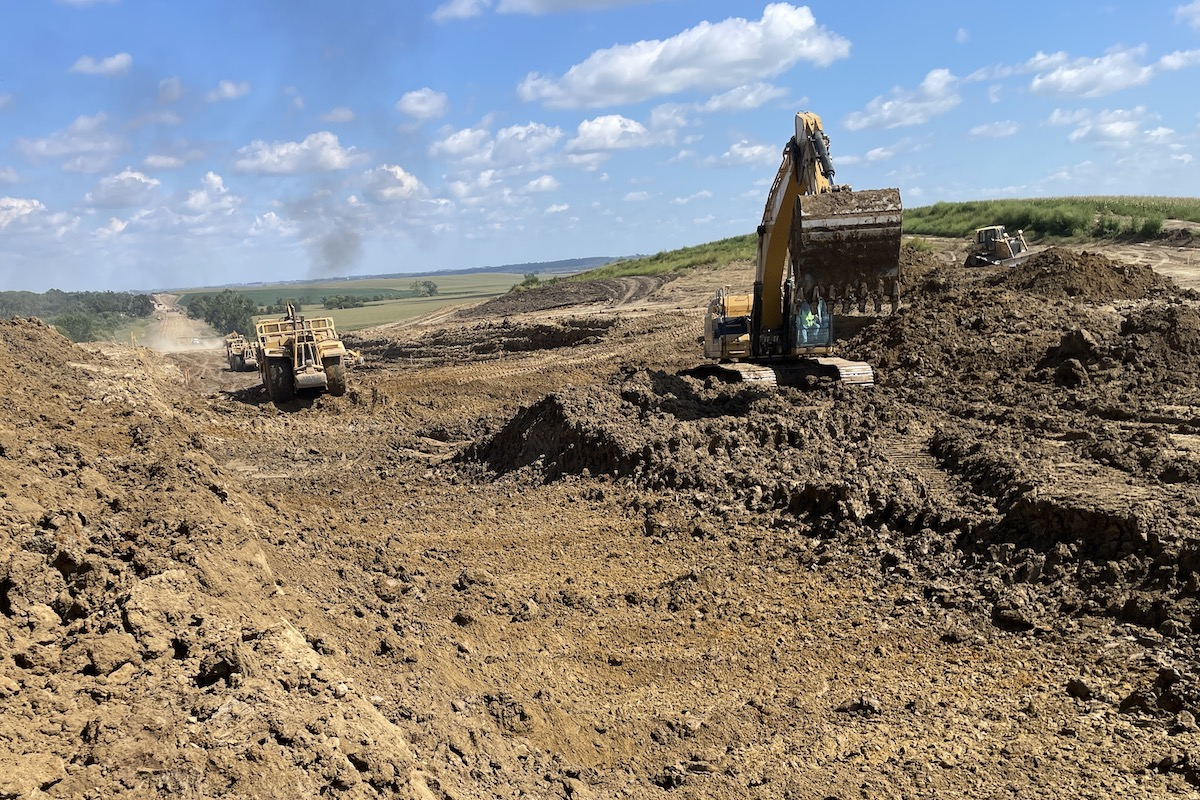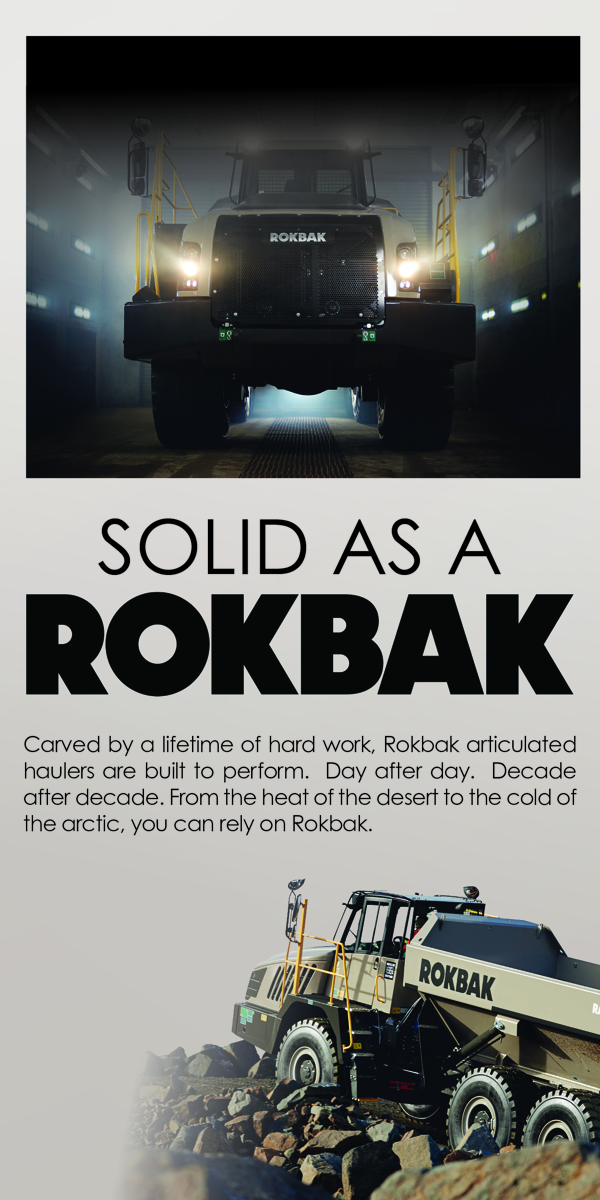Imagine a job site where compact equipment is perfectly matched to the task at hand. No idle iron gathering dust, no frantic last-minute rental scrambles — just a seamless flow to complete a project on time. This isn’t a pipe dream; it’s the result of smart fleet sizing.
Investing in the right compact equipment for your specific needs can help you keep a better handle on project timelines, budgets, and overall profitability. Let’s explore the critical steps to achieving this, with insights from DEVELON’s Jake Sherman, Dozer and Compact Track Loader Product Manager, and Andy Jeong, Mini Excavator Product Manager.
It’s a common assumption that bigger equipment equals greater productivity. However, this “bigger is better” mentality often overlooks the critical impact of maneuverability, accessibility, and attachment versatility, especially within the specific demands of your project. For instance, a commercial building project has different needs than a road or bridge project.
Consider these factors:
- Project scale and duration — Identify larger, long-term projects that may justify owning more specialized equipment, and consider that shorter or less frequent jobs may favor rental options.
- Site conditions — Evaluate the typical terrain, accessibility, and space constraints of your job sites. Tight urban environments or projects with limited access likely will need smaller, more maneuverable machines like mini excavators and compact track loaders.
- Material types and volumes — Understand the types and volumes of materials you handle to help determine the lifting capacities, bucket sizes, and attachment needs.
- Labor availability and skill levels — Consider the number of operators you have and their skill levels. Certain machines or attachments might require specialized training, influencing your equipment choices.
- Specialized tasks and attachments — Determine whether your projects frequently require specific attachments like trenchers, breakers, or mulchers. This can factor into your purchase or rental decisions.
“If you need to travel through tight spaces to get to your work area, consider a mini excavator with a retractable undercarriage,” Jeong said. “Be sure to expand the undercarriage once you get to the job site and are ready to start working. The expanded undercarriage will give you more stability when you’re digging and lifting objects.”

| Your local Metso Minerals Industries Inc dealer |
|---|
| PacWest Machinery |
| Westate Machinery Co |
Take a critical look at the way you use your current fleet. Track these metrics to identify opportunities for optimization:
- Operating hours — Monitor the number of hours each machine is actively working. Low operating hours might indicate over-investment or a mismatch between your fleet and project demands.
- Idle time — Identify periods when machines are onsite but not in use. Understanding the reasons for idle time can highlight opportunities for better scheduling or equipment reallocation.
- Maintenance records — Analyze maintenance frequency and costs. Machines requiring frequent repairs and downtime might be poorly suited for your applications.
- Project logs — Review past project records to understand which machines were used most often or on specific tasks.
- Attachment usage — Low utilization could suggest over-investment.
- Match the machine — Make sure the attachment is fully compatible with your machine, including hydraulic flow and connections.
- Carefully inspect — Check for any damage, wear, or missing parts before accepting the rental. Document any existing issues and report them to the rental company or dealer.
- Verify connections — Examine hydraulic hoses and couplers for leaks or damage, ensuring a secure fit.
- Confirm compatibility — Make sure the attachment’s quick coupler system aligns with your machine.
- Know how to use it — Train operators on the safe and effective operation of the rented attachment.
- Understand the terms — Review the rental agreement, paying attention to costs, duration, insurance, and damage responsibility.
- Plan ahead — Book attachments in advance, especially during busy seasons, to guarantee availability.
- Consider transport — Factor in how you’ll safely and efficiently move the attachment to and from your job site.
- Projected growth — Anticipate expanding your operations or taking on larger projects in the future. It might lead to investing in larger or more specialized equipment.
- Industry trends — Stay informed about technology advancements and evolving best practices. New, more efficient equipment could offer a competitive advantage and boost your return on investment.
- Market opportunities — Identify potential new service offerings or market segments you might want to pursue. This could influence your future equipment needs.
- Attachment strategy — Develop a strategy for acquiring and utilizing attachments. Renting specialized attachments for specific projects can be a cost-effective way to expand your fleet’s capabilities without significant capital investment.
Deciding whether to rent or buy your compact equipment involves more than just comparing the initial cost. It comes down to how much you’ll use the machine, your preferred equipment lifecycle, and maintenance considerations.
For instance, lease contracts are heavily influenced by the anticipated hours of use. If you use a mini excavator or compact track loader frequently for numerous jobs, purchasing could be more cost-effective in the long run. Conversely, if a machine is only for occasional use, renting saves money because you only pay when you need it, and you don’t need to pay to store the machine when it’s not being used.
Another key point is how often you upgrade your equipment. If you like having the newest models, renting or leasing makes that easier. You can switch to a new machine when your agreement ends.

| Your local Bobcat dealer |
|---|
| Pape Material Handling |
Also, consider who will handle machine repairs and preventive maintenance.
“If you’d rather not worry about long-term machine maintenance, renting can be simpler,” Sherman said. “Many leases can even be structured to align with the machine’s warranty period, providing consistent coverage.”
Renting attachments boosts your compact equipment’s versatility without a major investment. Remember the following key points:
Smart technology can significantly impact your fleet management decisions. For example, telematics gives you information about how much a machine is used, when issues occur, and if there are ways to use it more productively.

| Your local Superior dealer |
|---|
| Westate Machinery Co |
“Telematics fleet management data helps fine-tune equipment usage and identify potential inefficiencies,” Sherman said. “It provides valuable insights into actual machine operation and can help optimize the hours a machine is actively working. If you’re not familiar with telematics, ask your local dealer for a demonstration.”
Zero and reduced tail swing mini excavators offer significant advantages for contractors doing road and bridge building projects. Their compact design and reduced rear overhang allow safe and efficient operation in confined spaces, like working alongside roadways with traffic or navigating around existing infrastructure.
In addition, an around view monitor (AVM) camera system for select compact track loaders and mini excavators provides an invaluable layer of safety and efficiency.
“The safety feature gives operators a 270-degree, bird’s-eye view of their surroundings, eliminating blind spots and significantly enhancing visibility,” Sherman said. “This is particularly beneficial on busy construction sites. A better view contributes to a safer working environment and can improve operator confidence and productivity.”

| Your local Gomaco dealer |
|---|
| American Construction Supply |
| Tri-State Truck & Equipment Inc |
Also available for select compact equipment are ultrasonic proximity sensors, giving operators additional awareness of what is near the machine.
Smartsizing isn’t just about meeting current needs; it’s also about anticipating future growth and changes in your business. Consider the following:
However, “Always compare the attachment specifications to your machine’s capabilities,” Sherman said. “Also, make sure the attachment can handle the machine’s power and that it’s safe to use. Dealers are valuable resources for ensuring proper attachment compatibility.”
Smartsizing your compact equipment fleet is an ongoing process that requires careful analysis and strategic thinking. Over time you can build a fleet that is optimized for efficiency, safety, and long-term profitability.












